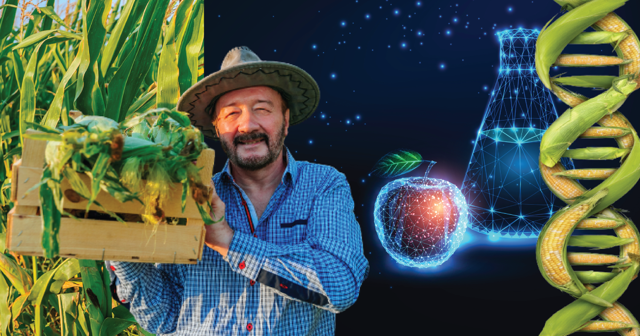Colin Todhunter reports:
“In 2017, the then Monsanto Chief Technology Officer Robb Fraley argued that his company made a mistake in not reaching out to the public about genetically modified organisms (GMOs) when they first appeared on the market in the 1990s.
He felt consumers had been unduly swayed by an anti-GMO movement and the industry got its PR campaign wrong first time around.
Fraley said the industry and universities currently involved in rolling out genome editing technology have done a much more extensive communication to both the public and key regulatory and policy makers.
The industry’s message is that gene editing can precisely delete and insert genes in an organism’s DNA and presents no risks.
However, there is sufficient research indicating that the technology is error prone, the effects of editing are not controllable and there is no simple pathway between gene and trait. Gene editing has unexpected outcomes and risks, and unintended mutations and off-target effects occur.
These issues have been noted in various articles, reports and papers which are listed on the GMWatch website. Even intended modifications can result in traits which could raise food safety, environmental or animal welfare concerns.
Various scientific publications show that new GM techniques allow developers to make significant genetic changes, which can be very different from those that happen in nature. These new GMOs pose similar or greater risks than older-style GMOs.
Despite gene editing being touted by the industry as ‘precision breeding’, it is anything but.
In addition to these concerns, researchers say that what we can expect is just more of the same – GM herbicide-tolerant crops and increased herbicide use.
However, the industry is seeking the unregulated commercial release of its new technologies…”
Learn more: Reimagining Food, Farming & Humanity: Ecomodernism’s Dystopia

